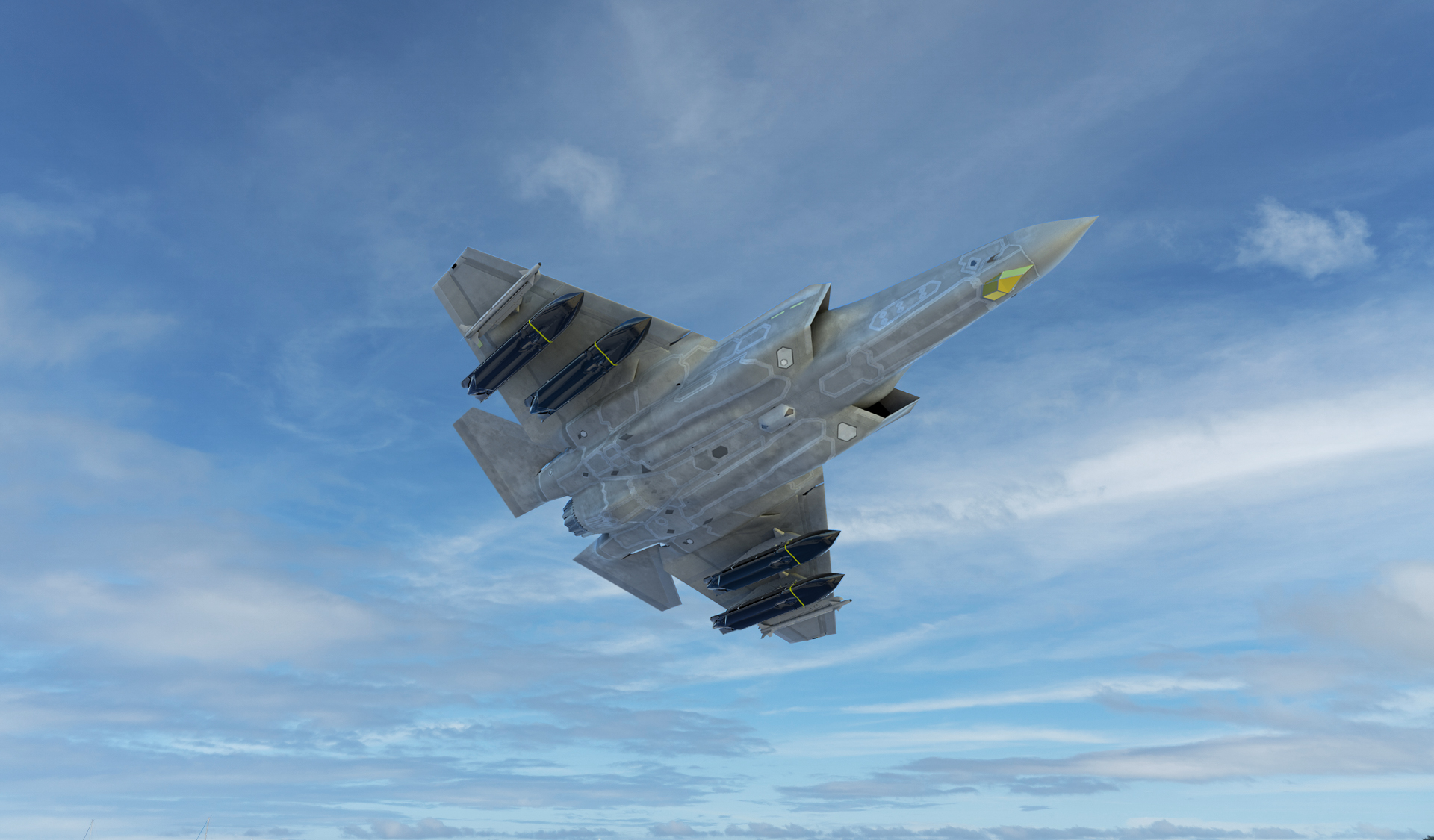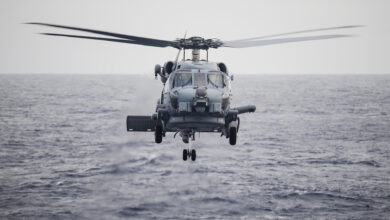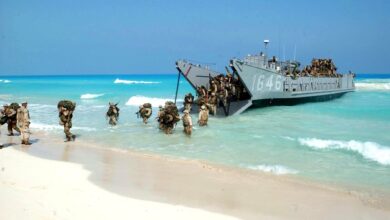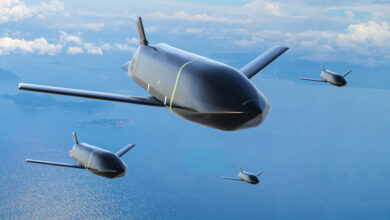The US Navy is asking industry partners about possibly producing a new air-launched stand-off weapon up to 10 times cheaper than current missiles.
In a request for information, the service said the new weapon, to be called the Multi-mission Affordable Capacity Effector (MACE), should have a high-maturity propulsion system and proven payloads to support combat missions.
It should also have a stand-off range comparable to the navy’s Long-Range Anti-Ship Missile (LRASM), capable of hitting targets up to 200 nautical miles (230 miles/370 kilometers) away.
Additionally, the long-range missile should be rapidly prototyped, mass produced, and be ready for combat by 2027.
Unlike other missile systems in the US military inventory, the US Navy wants the MACE to cost less than $300,000 per unit.
In context, the latest version of the service’s AGM-84 Harpoon anti-ship cruise missile produced by Boeing costs $3 million. The LRASM, which the US Air Force uses on its B-1 bombers, also costs more than $3 million.
Additional Requirements
According to the request, the stand-off weapon must be compatible with the external carriage on the F/A-18 Super Hornet and the internal carriage on the F-35 Lightning II fighter aircraft.
It should also incorporate a guidance system that detects and targets moving surface combatants.
Interested vendors should also be able to fulfill a minimum order of 500 MACEs annually.
The US Navy expects responses to provide specific details of the weapon’s weight, range, speed, carriage method, and exportability.
It also strictly requires proposals to include a potential cost breakdown for a three-year research and development process for the new air-launched missile.
An Interim Solution?
The US Navy’s request for a new stand-off weapon comes despite an existing LRASM replacement program.
Dubbed the HALO, the initiative requires Lockheed Martin and Raytheon to develop prototypes of a ship-killing, air-launched hypersonic weapon.
However, the HALO weapon is not expected to be operational until the 2030s, so the service might consider the MACE a low-cost interim solution to bridge the gap.











